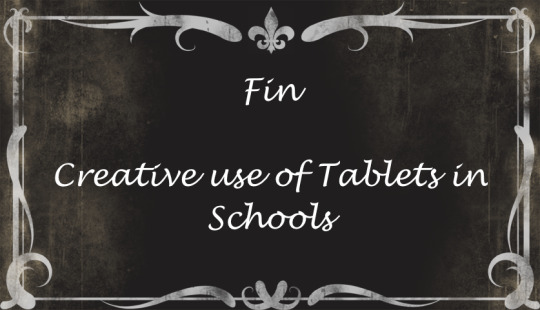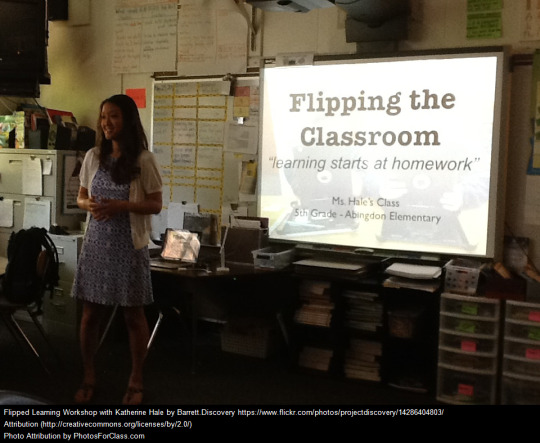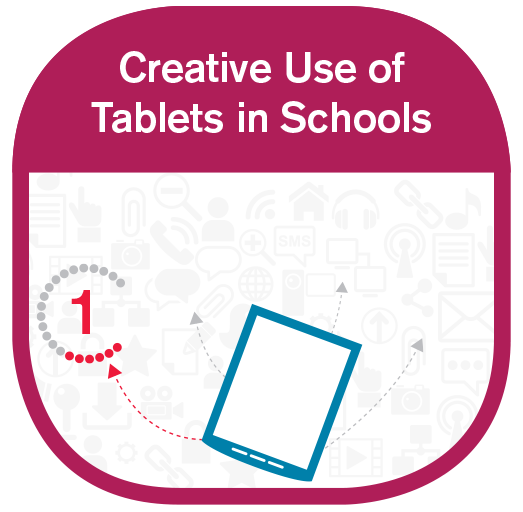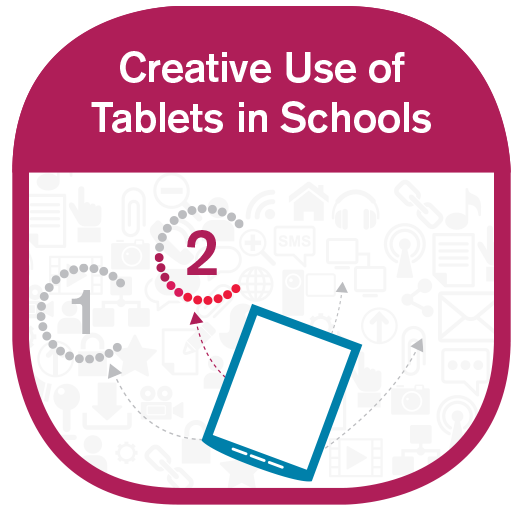Photo

Fin! This course is now finished. I have completed a few MOOCS and I must say that this has been the most practical, informative and organised of all. Well done to everyone involved behind the scenes.
1 note
·
View note
Text
4.8.1 Preparing a lesson plan
Here is the lesson plan that I created using Lesson Designer. It focusses on creating procedural texts with my learning support students. Tablets would be used throughout the lesson for viewing and creating content.
Link to Lesson Plan.
1 note
·
View note
Text
4.6 Apps and Tools for Personalisation and Flipping the Classroom
Share any apps and tools you know about for personalisation and flipping the classroom.
Here are a few apps that could be useful for the flipped classroom and personalised learning:
Evernote
Students could keep private or shared personalised learning logs.
Tumblr
Similarly, Tumblr could also be used as a learning logging platform, much like I have used it for this course.
Google Classroom/Edmodo
Perfect for any teacher who wishes to share content with students in a flipped setting.
ShowMe/Educreations/Explain Everything
Record video tutorials on your iPad and share them with your students. An essential app for the flipped classroom.
1 note
·
View note
Text
4.5 Challenges of the flipped classroom
After watching how Monica set herself up for the flipped classroom and hearing about other CCL teacher's experiences, what do you think are the key challenges to implementing the model in classrooms?
As I have said in module 4.2, one of the key challenges is access. Do all of your students have access to devices and a reliable Internet connection? If the answer is no, then how will those students engage in flipped learning? Are you in danger of alienating them from their own learning?
On a whole-school level I feel there would have to be some agreement as to how flipped learning could be implemented. If just one teacher decided fro himself/herself that flipped learning was the way to move forward, then will students and parents expect all other teachers to follow suit?

However, my major concern is a more fundamental one. What evidence exists that points to flipped learning being advantageous to student achievement, attainment or motivation to learn? It is a very new pedagogy, and I would prefer to see some rigorous, long-term research that identifies some clear benefits before I jump head-first into flipping my classroom.
1 note
·
View note
Text
4.4 Flipping the classroom
Have you tried out the flipped classroom model already? If so, share your experiences here. You've never heard of the model before but are curious to try it out? How would you start to implement it in your school and classroom context?
I have not engaged in flipped learning. One difficulty in doing so would be student access to technology. I do not know if all my students have access to devices and a reliable internet connection at home. Asking all students to access material digitally outside the classroom may deepen an already existing divide between those who have access to technology and those who don't.

If I could be guaranteed that all my students would possess the necessary resources at home, then I would probably use Google Classroom to set up a virtual teaching and learning space for my groups. I could assign different students to different groups, sharing relevant content with them. Students could engage with this content on Google Classroom, and I could keep track of where they are. Class time could then be spent working with groups or individual students on their own levels.
1 note
·
View note
Text
4.2 Personalising learning with tablets
In both videos (https://youtu.be/1pnS_9ZBix8 & https://youtu.be/uBhy22CqKZQ) there are some concrete examples how the tablets have been used to personalise the learning and make the students more independent such as through using Aurasma for instructional videos and Edmodo for independently accessing information. What other ways can you think of how tablets can be used to personalise the learning experience of your students?
I found it interesting that in the second video the teacher acknowledged that sometimes the use of a tablet was slowing down the process, so they did certain work on paper. I think this is an important point for everyone to note. The use of technology does not always improve teaching and learning, so don't expect to dispense with other methods!
I believe self-assessment is critical to the successful implementation of personalised learning. Students should be taught how to maintain a digital learning log where they reflect on the work they do. They should identify areas of strength and areas of relative weakness. They can then figure out for themselves where they need to go and the teacher can also view these logs and provide feedback.
I would like to use Tumblr or Evernote along with Google Classroom to engage in this kind of personalised learning. However, one relies on students having 1-to-1 access to devices, which presently is not a realistic prospect at my school.

1 note
·
View note
Link
Here’s a free, upcoming MOOC that may be of interest to teachers.
1 note
·
View note
Link
Here’s another for MOOC for teachers to consider.
1 note
·
View note
Link
iPads explained: tips and tricks for more effective tablet integration in the classroom.
1 note
·
View note
Video
youtube
Evernote is a great app, and can be used for self-assessment portfolios.
1 note
·
View note
Photo

We may need to rethink classroom design if we want to encourage effective collaboration.
1 note
·
View note
Link
Some more good tips for teachers hoping to implement collaborative learning in their classes.
1 note
·
View note
Photo

Some good and perhaps not so good tips to encourage teamwork and collaborative learning. (Try to ignore the spelling mistake!)
1 note
·
View note
Photo


Three Ring is an interesting assessment tool and platform.
1 note
·
View note
Text
3.4 Assessment & Collaboration
After participating in the webinar or reading the case study report (link above), what other strategies have you used to assess group work? What are the main challenges for you when it comes to assessing group work?
From reading the case study it's clear that assessment of group work is a tricky area. It is vital from the outset that the teacher decides which is more important and why: the outcome or the process?
I like the idea of setting up a tablet to record the group at work (using a video or timelapse recording).
I usually do most group work assessment through observation. What I want to see from students is a high level of engagement with the project and with their colleagues. I want to see and hear them asking and answering questions and showing that they can work as a team.
1 note
·
View note



